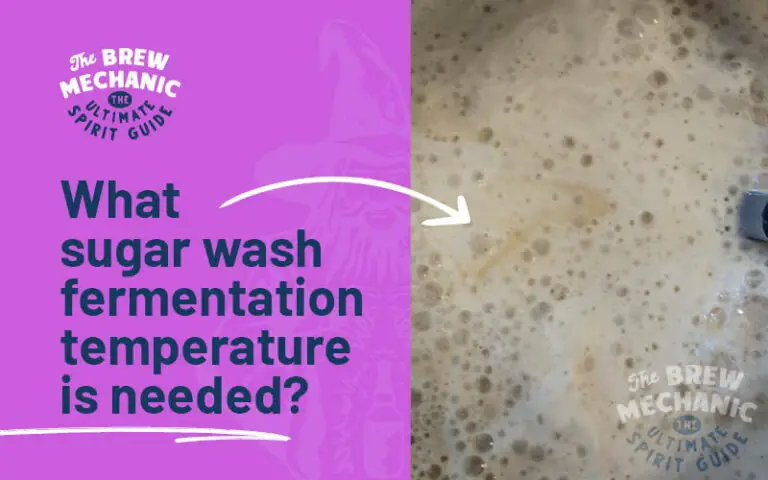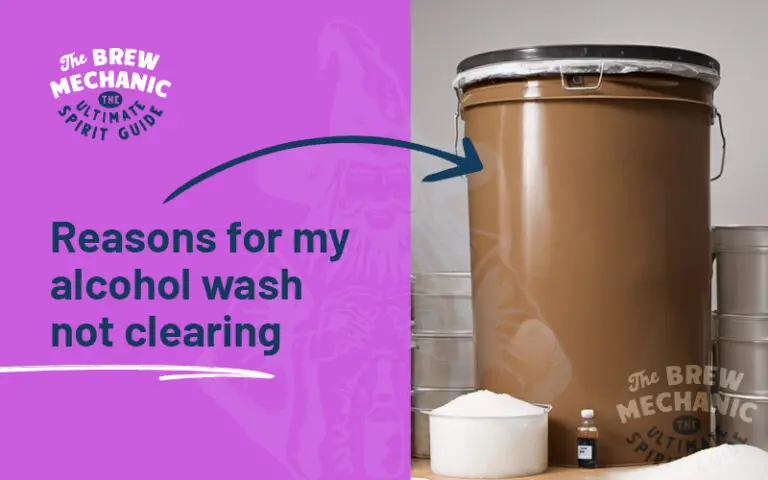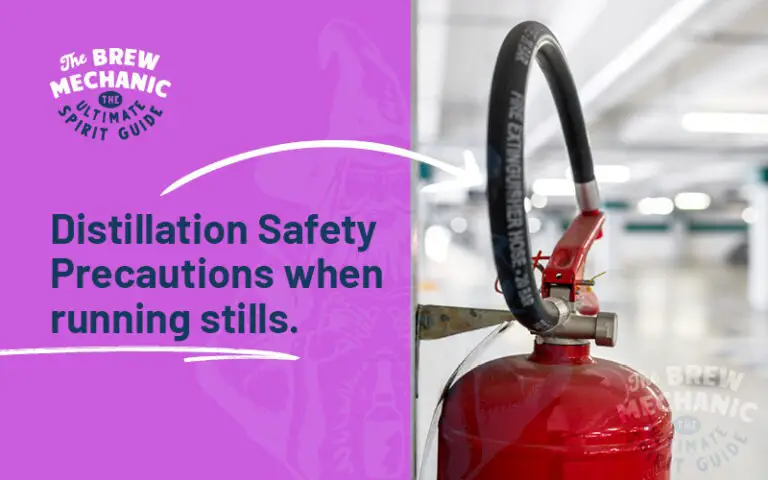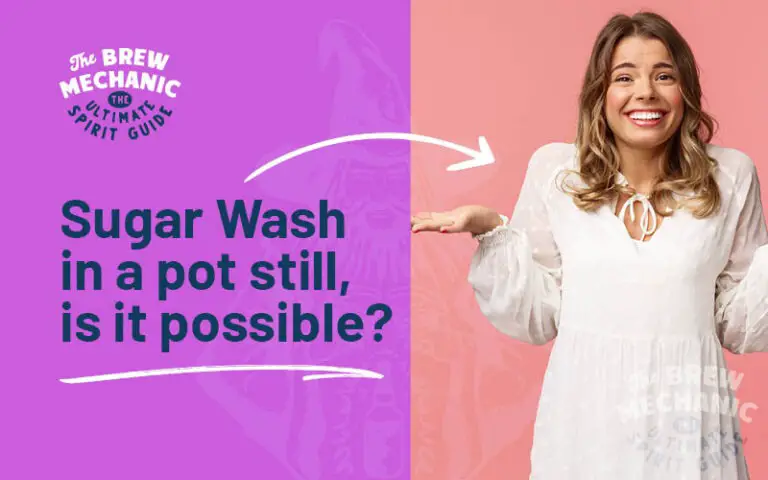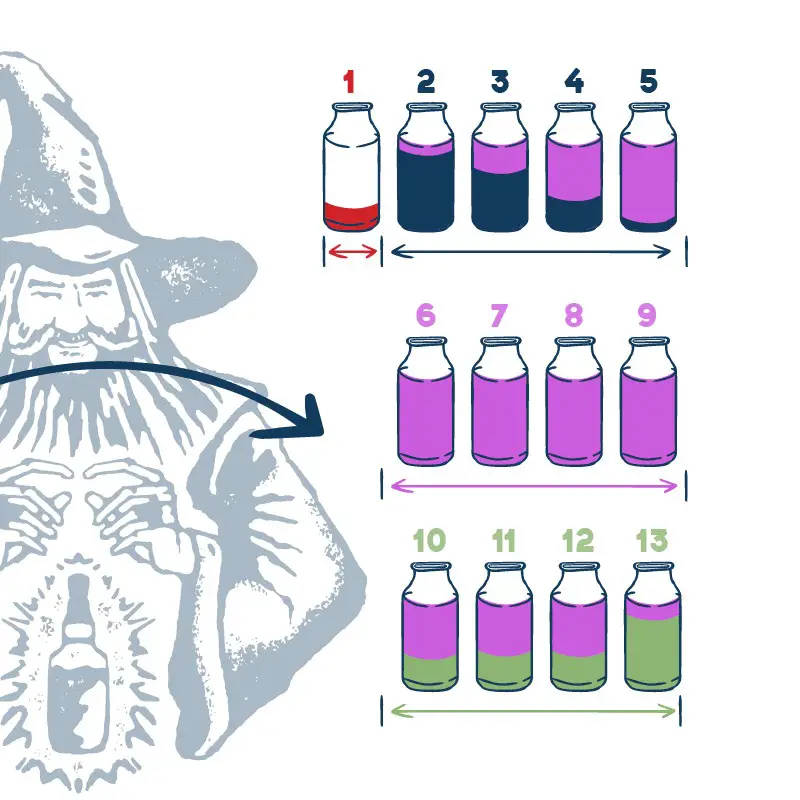Distilling Foreshots: Understanding Why They’re Removed during Distillation
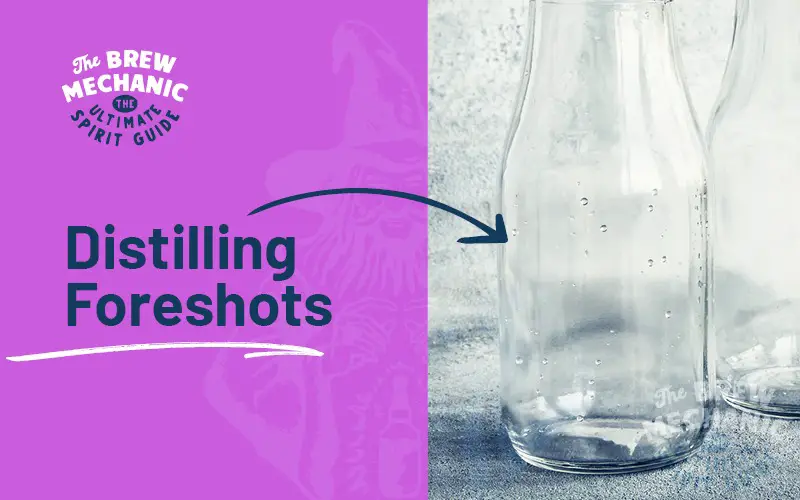
So let’s be clear, when distilling foreshots it is very important to be removed during the distilling process. You must know and fully understand the temperature and stripping ranges of your still. Each still is unique as it can vary slightly depending on where you live. We break down everything foreshots for a DIY distiller.
Before we start, this temperature chart is very important for you to understand.
| Acetone | 56.6°C or 133.8°F |
| Methanol | 64°C or 147.2°F |
| Ethyl Acetate | 77.1°C or 170.8°F |
| Ethanol Range | 78.3 > 81.5°C or 172.9 > 178.7°F |
| 2 Proponal | 82°C or 179.6°F |
| 1 Proponal | 97°C or 206.6°F |
| Fuesel oils | 94 > 95°C or 201.2 > 203°F |
What are distilling Foreshots?
Foreshots are the first vapors ranges to boil over during distilling. Boiling ranges are from 55 to 77°C (131 to 170.6°F). These undesirables as listed above. From Acetone, Methanol, and aldehyde. These are fowl tasting and bad smelling volatiles that are discarded. Please note that the above mainly applies to the whisky making process. For the sugar wash process, start collecting the liquid and then discard the first 100 ml > foreshots for safety.
Are Heads and Foreshots the same thing?
You usually try to separate (cuts) the foreshots from the heads for either redistilling or blending. This is done by professional brewers. The Azeotrope ranges are close and can only be separated using industrial methods. Example vacuum distilling. For safety, foreshots and heads are classified as one cut for the DIY distiller.
Why are Foreshots Removed?
This range of alcohol are called the light ends, volatiles that are fowl tasting and bad smelling that are discarded. This can contain methyl alcohol (methanol) which is found in Moonshine (Pot still) process during the fermentation and is very dangerous when concentrated. If you use sugar wash the methanol content is 0.
How are Foreshots Removed? (DIY Foreshots and heads classified as one)
Here there are two methods. In both cases, the foreshots collected are dumped. Again the splits are made by the brewer by smell and taste.
Method 1: Removed during distillation stage 1 using a reflux column by separating the volatiles from the Hearts. This is done by controlling the boiling points of the liquid in the kettle, with no reflux control during the first stage of distilling making sure that all the undesirables have boiled over from the kettle and column for 10 to 15 minutes and when no more distillate is collected. Your still will collect 100 ml > of distillate. Sugar wash brew is easy to remove the volatiles.
Method 2: Removed from the condensed distillate by an experienced brewer when using a pot still. This method is not recommended for beginners.
What Happens if Foreshots and Heads are Not Removed?
The harmful compounds found in distilling foreshots and heads, leaving them in the final product will affect the taste and quality of the distilled beverage. Foreshots can give the final product a harsh taste and unpleasant odor, which can make it difficult to drink. We don’t want that now, do we? The taste of the alcohol can be flavored using glycerine to soften it, so you won’t taste the above. The bad effects are still there in the distillate. It is unethical to do this by masking the flavor and smell of the distillate.
Chemistry Breakdown of the Foreshots and Heads
The Importance of Discarding Foreshots when making cuts
This is why you must have some chemistry knowledge to understand the boiling ranges to ensure no undesirables are in the drinkable alcohol content. The only way how the above foreshots can be removed from the alcohol made is to add it back into the next batch for distilling. This is a waste of time and energy.
You will discard the distilling foreshots due to the smell and taste when making cut points.
Note: Instruments can detect the purity of the product but not the smell and taste this is done by you the distiller. Should your drink smell or taste bad, do a simple test for volatiles. Take a sample in a teaspoon, light it and should it burn with a yellow tip don’t drink it.
Last Updated on Nov 15, 2023 by The Brew Mechanic
Disclosure: I may receive affiliate compensation for some of the links below at no cost to you if you decide to purchase a product or service. You can read our affiliate disclosure in our privacy policy. The information provided is for entertainment only.

With 35 years of knowledge of being a chemical engineer in alcohol manufacturing plants, my mission is to teach the next generation of home distilling alcohol brewers at a supernatural speed.
My reviews are based on real-life experiences with reflux stills, sugar wash, troubleshooting and mystical chemical reactions.



